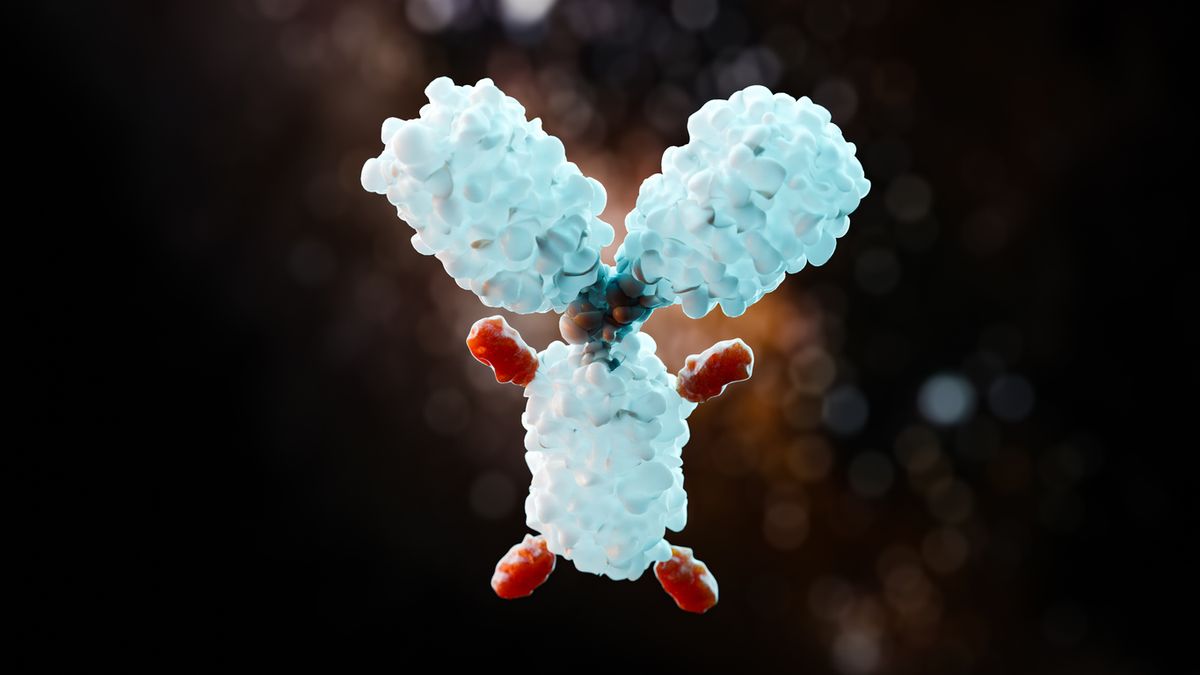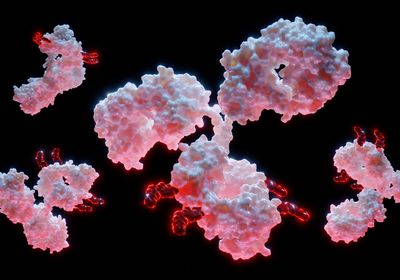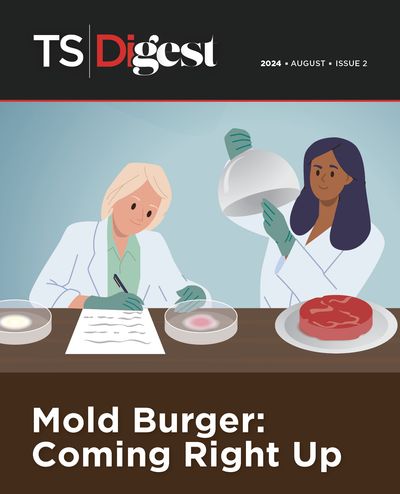Supporting Antibody-Drug Conjugate Development
Industry expertise helps scientists navigate and streamline antibody-drug conjugate research and development.
A lack of targeting specificity has been a long-running problem for cytotoxic anticancer agents, with excess side effects limiting their effectiveness. Scientists have turned to antibodies, and their natural targeting affinity, as a potential solution. Antibody-drug conjugates (ADC) combine the tumor-targeting potential of antibodies with the potency of cytotoxic drugs, and have been called a “magic bullet” for cancer therapeutics.1

ADC are comprised of three principle units: the antibody, the linker, and the payload.1 When designing or selecting an antibody, researchers must consider not only antigen binding specificity, but also serum half-life and internalization rates. The latter two factors affect an ADC’s ability to reach its target and deliver its payload inside the cell. The linker, as well as how it is conjugated to the antibody, mediates ADC stability and facilitates payload release. Finally, the payload must possess low immunogenicity and high stability under physiological conditions in addition to high potency. It also needs to be cell membrane permeable in order to enter target cells.
ADC are complex agents that require considerable care and resources during development. As such, scientists working with ADC face considerable challenges as they move through design, preclinical and clinical testing, and manufacturing. Here, as with drug development in general, industry support can prove essential to moving an agent from the bench to the bedside. Companies such as Sino Biological are deeply engaged in every aspect of ADC development, from antibody discovery and optimization to animal model evaluation and clinical trials.
Read more about how Sino Biological offers reagents, kits, and testing solutions tailored to researchers’ specific needs.
What type of support is helpful when developing antibody-based therapies?
- Dumontet C, et al. Nat Rev Drug Discov. 2023;22:641-61.


